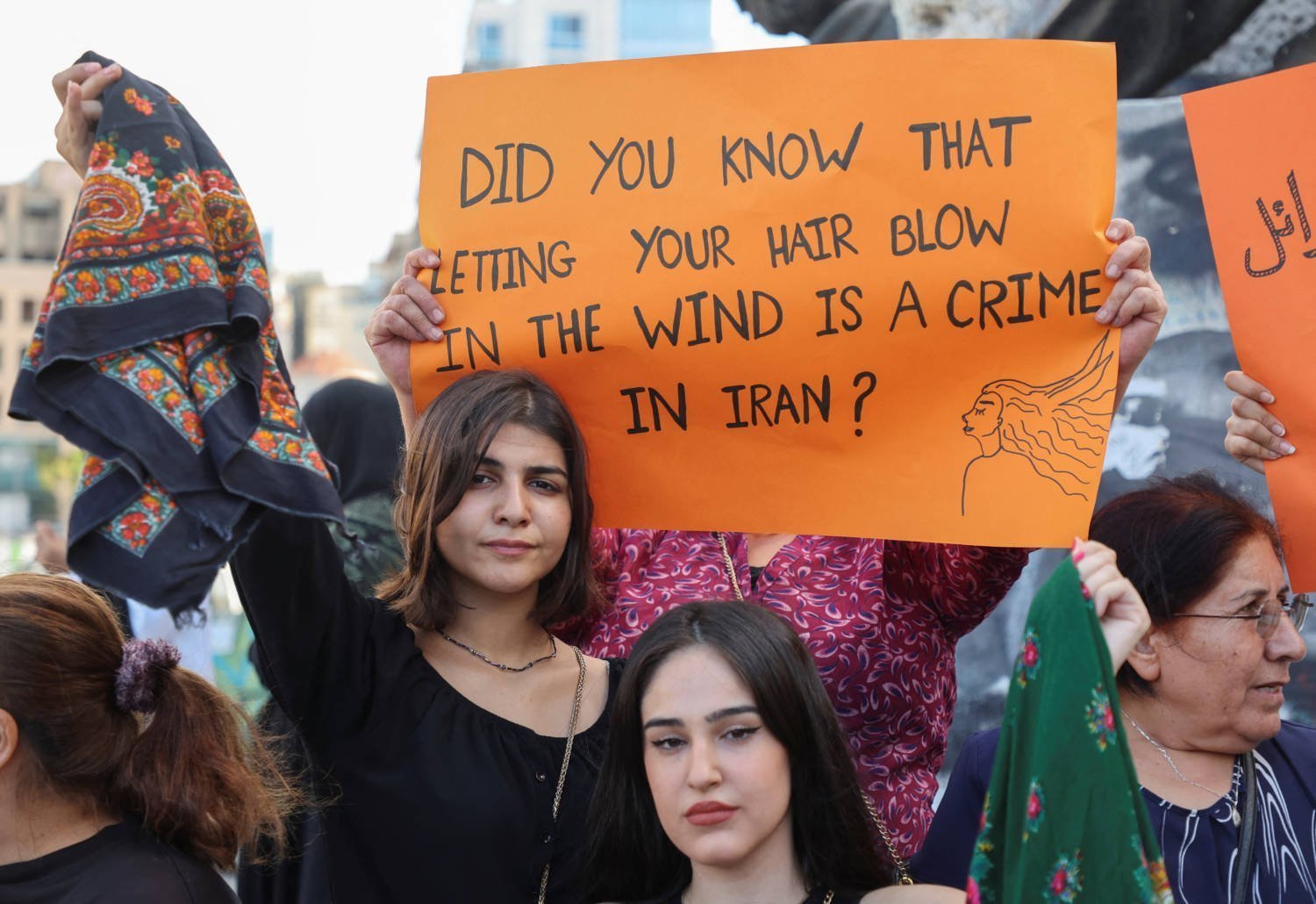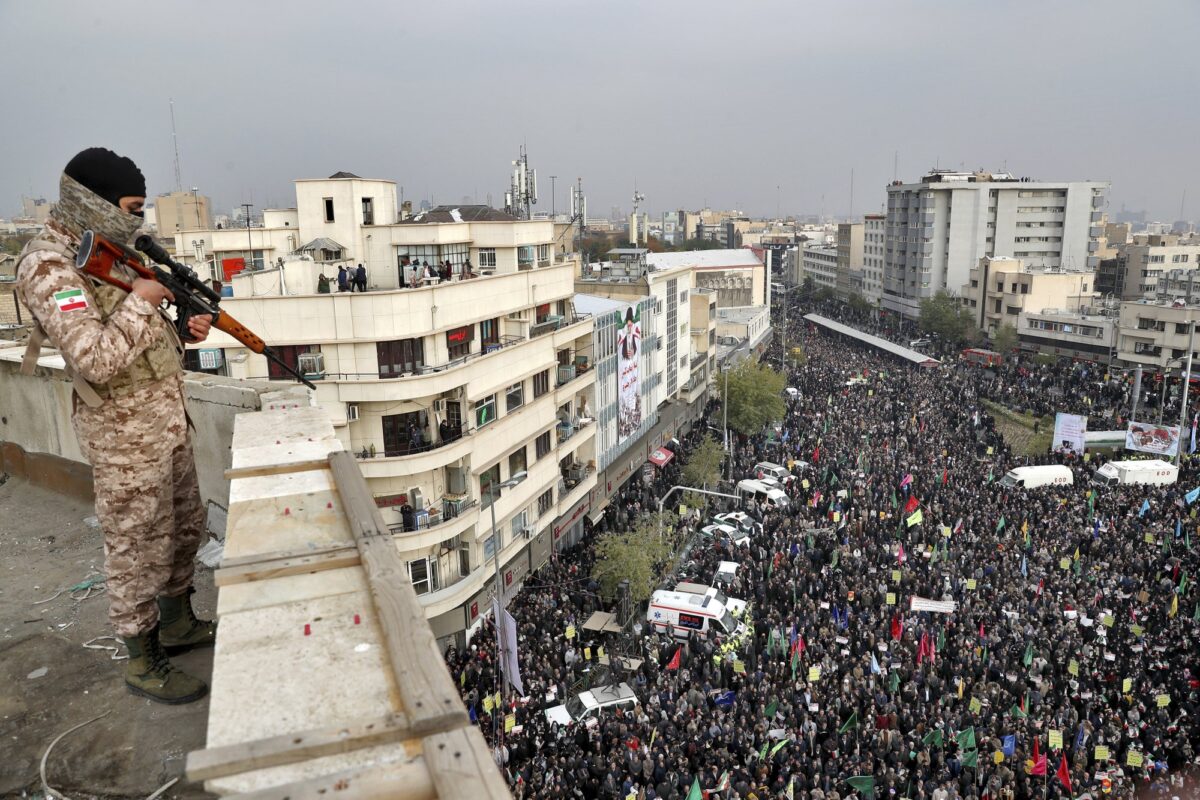Current Events and Political Landscape: News Iran

Iran continues to navigate a complex and dynamic political landscape, marked by internal challenges and evolving international relations. Recent events highlight the country’s efforts to balance domestic pressures with its foreign policy objectives.
Recent Protests and Government Response
The Iranian government has faced ongoing protests, driven by a range of grievances including economic hardship, social restrictions, and political repression. These protests, while often met with a forceful response from authorities, have highlighted underlying societal tensions. The government has implemented measures to address some concerns, including economic relief packages and targeted social reforms. However, the protests underscore the need for broader political and economic reforms to address the root causes of dissatisfaction.
Iran’s Relationship with Regional Powers
Iran’s relations with its regional neighbors are characterized by a complex mix of cooperation and competition. The country’s nuclear program and its support for regional actors have been sources of tension with countries like Saudi Arabia and Israel. However, Iran has also sought to strengthen ties with some regional powers, particularly in the face of perceived threats from the United States.
Iran’s Economic Challenges and Growth Potential
The Iranian economy has been significantly impacted by international sanctions and domestic economic policies. The country faces challenges related to inflation, unemployment, and a lack of foreign investment. However, Iran possesses significant economic potential, particularly in its energy sector, agriculture, and tourism. The government is pursuing economic reforms aimed at attracting foreign investment and diversifying the economy.
Social and Cultural Issues

Iran’s social and cultural landscape is a complex tapestry woven with threads of tradition, modernity, and religious influence. This dynamic interplay shapes the daily lives of Iranians, impacting everything from education and family structures to artistic expression and the role of women in society.
Religion and Society
Religion plays a central role in Iranian society, with Islam being the official religion and Shia Islam the dominant sect. The principles of Islam permeate various aspects of life, including personal conduct, family law, and social norms. Religious institutions hold significant influence, shaping education, cultural practices, and public discourse. The Ministry of Culture and Islamic Guidance, for instance, plays a crucial role in regulating media, arts, and cultural activities, ensuring adherence to Islamic principles.
Education and Literacy
Iran has a robust education system with high literacy rates. The country prioritizes education, emphasizing science, technology, engineering, and mathematics (STEM) fields. The Ministry of Education oversees a network of public and private schools, universities, and research institutions. Iran boasts numerous renowned universities, attracting students from across the globe. The government invests heavily in education, recognizing its crucial role in national development and economic progress.
Women’s Rights, News iran
The role of women in Iranian society is a multifaceted and evolving issue. While the Islamic Republic of Iran has a constitution that guarantees equal rights for women, there are societal and legal constraints that can limit women’s opportunities. The hijab, or headscarf, is mandatory for women in public spaces, reflecting the emphasis on modesty and gender segregation in Islamic culture. Despite these restrictions, women have made significant strides in various fields, including education, science, and politics.
Impact of Social Media and Technology
Social media and technology have profoundly impacted Iranian society, connecting individuals and facilitating the spread of information. Platforms like Instagram, Twitter, and Telegram have become vital tools for communication, social engagement, and access to news and information. However, the government closely monitors online activity, restricting access to certain websites and social media platforms. The authorities employ sophisticated surveillance techniques to control the flow of information and suppress dissenting voices.
Cultural Expressions and Artistic Traditions
Iran boasts a rich and diverse cultural heritage, reflected in its art, music, literature, and cuisine. Traditional Persian poetry, known as “Ghazal,” is a highly revered art form, celebrated for its beauty and emotional depth. Iranian music, with its distinctive melodies and instruments like the tar and the setar, has captivated audiences worldwide. The country is also renowned for its exquisite craftsmanship, exemplified in intricate carpets, ceramics, and calligraphy.
International Relations and Global Impact

Iran’s international relations and its impact on the global stage are multifaceted and often complex. Its involvement in regional conflicts, its nuclear program, and its potential for diplomatic engagement all contribute to its global significance.
Iran’s Role in Regional Conflicts
Iran’s involvement in regional conflicts is a significant aspect of its international relations. Its influence extends across the Middle East, with implications for regional stability and global security.
- Iran’s support for various armed groups and its involvement in proxy wars, such as in Yemen, Syria, and Iraq, have been major factors in regional instability. This support has been seen as a way for Iran to project its power and influence, expand its sphere of influence, and counter its regional rivals.
- Iran’s relationship with regional powers, such as Saudi Arabia, has been marked by tension and rivalry, contributing to the ongoing conflicts in the region. The two countries support opposing sides in conflicts like the Yemen war, and their competition for regional dominance has fueled instability and violence.
- Iran’s role in the Syrian Civil War has been particularly prominent. Its support for the Syrian government, including military aid and the deployment of troops, has been instrumental in helping the government regain control of large parts of the country. This intervention has had a significant impact on the course of the conflict and has raised concerns about Iran’s growing influence in the region.
The Impact of Iran’s Nuclear Program
Iran’s nuclear program has been a major source of international concern for decades. The program’s potential for developing nuclear weapons has raised anxieties about regional and global security.
- The international community has imposed numerous sanctions on Iran in an effort to curb its nuclear ambitions. These sanctions have had a significant impact on Iran’s economy and its ability to participate in the global financial system. However, Iran has consistently maintained that its nuclear program is for peaceful purposes.
- The Joint Comprehensive Plan of Action (JCPOA), a landmark agreement reached in 2015, aimed to limit Iran’s nuclear activities in exchange for the lifting of sanctions. The agreement was a major diplomatic achievement, but it was later abandoned by the United States under the Trump administration, leading to renewed tensions and uncertainty.
- The potential for Iran to develop nuclear weapons has raised concerns about regional arms races and the possibility of nuclear proliferation. This concern has led to increased military spending in the region and has heightened tensions between Iran and its regional rivals.
Potential for Diplomatic Engagement and Conflict Resolution
Despite the challenges, there is potential for diplomatic engagement and conflict resolution involving Iran.
- Efforts to revive the JCPOA and address concerns about Iran’s nuclear program could help reduce tensions and improve regional security. Engaging in dialogue and finding common ground on issues of mutual concern could pave the way for a more stable and cooperative relationship.
- Promoting regional dialogue and cooperation on issues such as terrorism, economic development, and environmental protection could help foster a more peaceful and stable regional environment. This could also help address some of the underlying causes of conflict and promote shared interests.
- Building trust and confidence between Iran and its regional neighbors is crucial for conflict resolution. This can be achieved through open communication, transparent diplomacy, and a willingness to address each other’s concerns.
News iran – The news from Iran is a whirlwind of conflicting narratives, a tempest of political intrigue and social unrest. But amidst this storm, one figure stands as a beacon of stability – tim walz minnesota , whose leadership during the recent protests serves as a stark contrast to the volatile situation in the Middle East.
The world watches, holding its breath, as the drama unfolds, wondering if a peaceful resolution can emerge from the chaos.
The news from Iran is a constant torrent of political upheaval and societal change. The nation’s tumultuous history, particularly its relationship with the West, continues to be a major factor in global affairs. This volatile relationship is inextricably linked to the Israel-Iran news , a complex and often contentious dynamic that shapes the Middle Eastern landscape.
As Iran continues to assert its influence in the region, the world watches with bated breath, wondering what the next chapter in this dramatic saga will hold.
